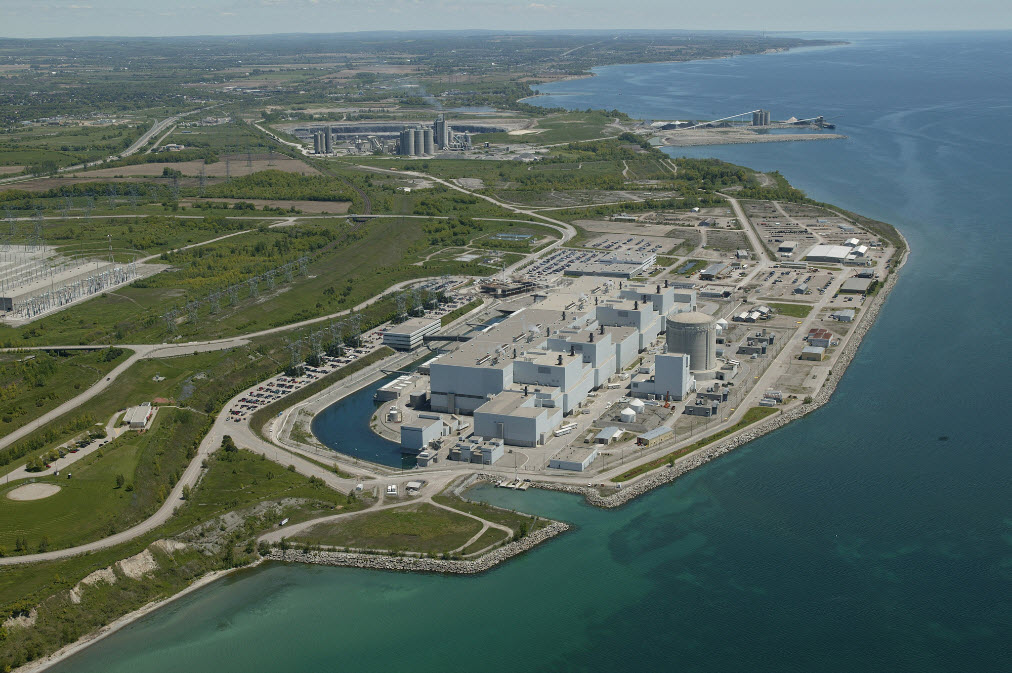
Manchester scientists discovered last year than granules of graphene are capable of separating the various different isotopes of hydrogen, and the team led by Marcelo Lozada-Hidalgo has now developed this discovery to demonstrate a scalable prototype of a process that uses graphene membranes to produce heavy water.
Heavy water, where the normal hydrogen of the water molecule is replaced by its neutron-containing isotope, deuterium, is used as a coolant and neutron absorber in certain types of nuclear reactor. Yet producing it is an energy-intensive process: hundreds of tonnes of isotopic mixtures are separated every year, and it takes enough energy to power an average American home for a year to produce a kilogramme of heavy water.
A similar problem facing the nuclear industry is removing tritium, the heaviest isotope of hydrogen and a radioactive substance, from water used for reaction cooling. The graphene membranes can also perform this function, Lozada-Hidalgo says. In a paper in Nature Communications, he explains how the membrane method consumes 100 times less energy for heavy water production than conventional processes, and that energy savings for tritium decontamination are even greater. It could reduce carbon emissions associated with heavy water production by up to a million tonnes per year, the paper adds
“This is a crucial milestone in the path to taking this revolutionary technology to industrial application,” said Lozada-Hidalgo.“The potential gains are high enough to justify its introduction even in the highly conservative nuclear industry.” The co-discoverer of graphene, Sir Andre Geim, added: “Tritium discharged both from nuclear power plants and as a result of environmental disasters is a major global concern. We believe this technology can economically transform the environmental footprint of future nuclear plants.”




Project to investigate hybrid approach to titanium manufacturing
What is this a hybrid of? Superplastic forming tends to be performed slowly as otherwise the behaviour is the hot creep that typifies hot...